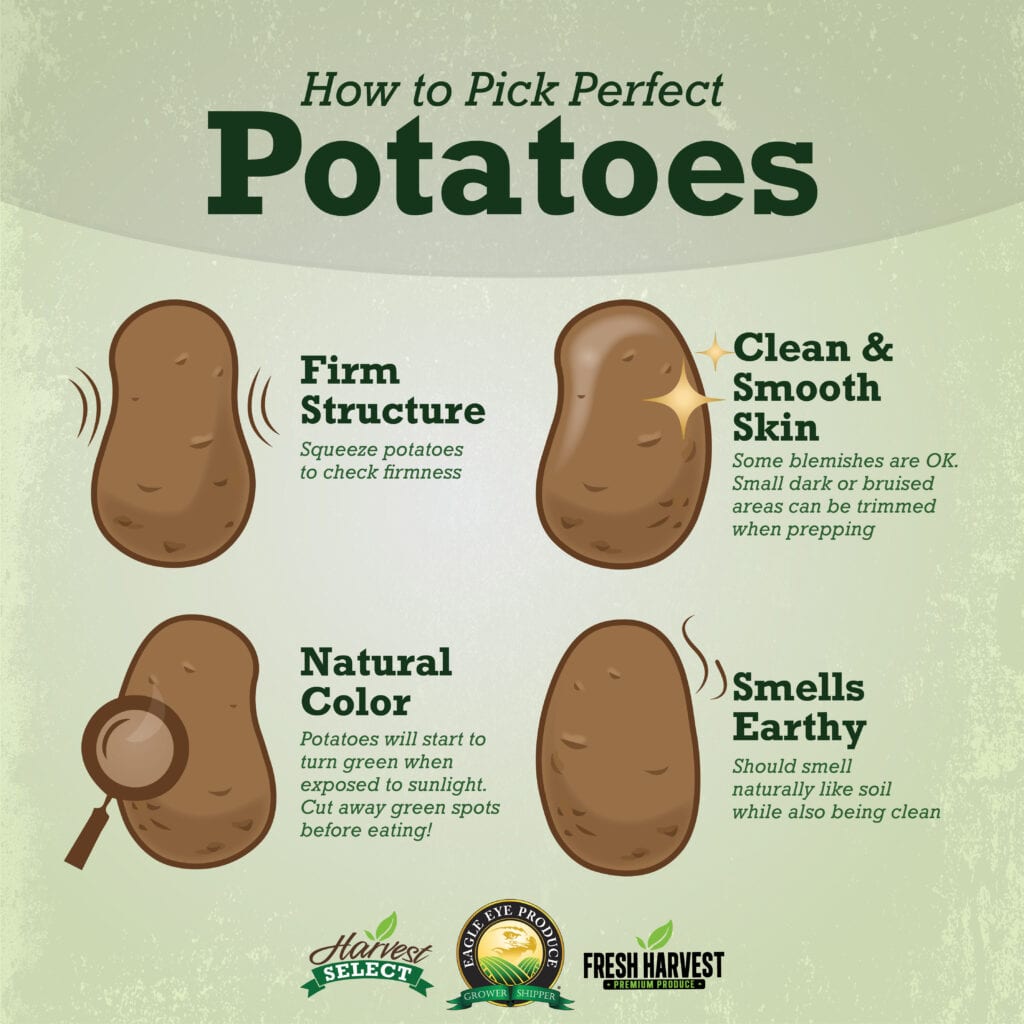10 years of experience as a food machinery equipment manufacturer
10 years of experience as a food machinery equipment manufacturer
For commercial kitchens, food processors, farms, or even avid home gardeners, efficiently cleaning large quantities of potatoes is an essential yet often time-consuming task. Traditional hand-scrubbing becomes impractical at scale, driving demand for effective mechanical potato cleaners. Navigating the available options, however, requires careful consideration.

Understanding the core functionality is crucial. Potato cleaners utilize various mechanisms like abrasive rollers, brushes, or water jets to remove dirt, debris, and sometimes even thin skins. The choice impacts cleaning thoroughness, speed, and the final product’s condition.
Potential buyers should systematically evaluate models based on several key performance and operational characteristics:
Beyond the headline features, delve into the technical details:
Regular upkeep is fundamental for sustained performance:
Post-operation flushing with clean water prevents residue buildup. Periodic deep cleaning of brushes/rollers, internal surfaces, and filter screens (if applicable) is mandatory. Use only recommended, food-safe cleaning agents. Regularly inspect components like brushes for wear and belts for tension (if applicable), replacing them proactively. Lubrication points, if any, should be serviced according to the manufacturer’s schedule. Maintaining a log aids in preventative care.
The initial investment is just one component. Consider Water and electricity consumption directly affects ongoing costs – efficient models yield savings. Factor in the frequency and cost of replacing consumable parts like brushes. Extended warranties might add upfront cost but reduce long-term risk. A robust machine requiring less frequent repair lowers total cost of ownership significantly over time.
Investing time in research prior to selecting a potato cleaner delivers substantial benefits. By meticulously evaluating needs against equipment specifications, prioritizing quality construction and efficiency, and understanding long-term operational costs, buyers can secure a solution that integrates seamlessly into their workflow. A well-chosen potato cleaner becomes a reliable asset, boosting productivity, ensuring produce quality, and reducing labor-intensive tasks for years.
